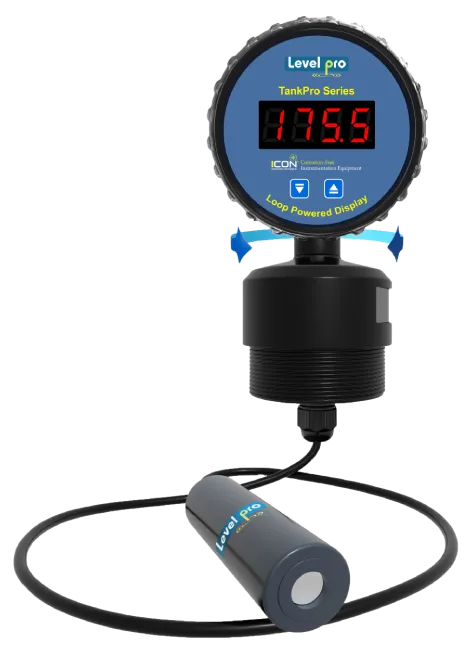Liquid Level Sensor for Bulk Chemicals

Selecting a liquid level sensor for bulk chemicals.
A submersible pressure sensor is a type of pressure sensor that is designed to be used in underwater applications. It is typically used to measure the pressure of liquids, such as water or oil.
Submersible pressure sensors are typically made from materials that are resistant to corrosion and can withstand the pressure and temperature of the environment in which they will be used. They may also be sealed in a waterproof housing to protect them from the surrounding liquid.
Submersible pressure sensors can be used in a variety of applications, such as monitoring the level of chemical liquids in tanks or reservoirs, measuring the pressure of fluids in pipelines, or monitoring the pressure of fluids in wells or aquifers. They can be used in both fresh and saltwater environments, and they are often used in water treatment plants, oil and gas production, and marine and offshore applications.
When selecting a submersible pressure sensor, it’s important to consider the range of pressures you need to measure, the accuracy and repeatability of the sensor, and the materials and construction of the sensor to ensure that it is suitable for the specific application. It’s also important to consider the size and weight of the sensor, as well as the power requirements and any communication or interface needs.
Other types of liquid level sensors that can be used for measuring the level of bulk chemicals:
- Float level sensors: These sensors use a float that rises and falls with the level of the chemical. The float is connected to a lever or other mechanism that converts the vertical motion of the float into a measurable signal.
- Ultrasonic level sensors: These sensors use ultrasonic waves to measure the distance to the surface of the chemical. The time it takes for the ultrasonic wave to travel to the surface and back is used to calculate the level of the chemical.
- Capacitive level sensors: These sensors use capacitance, or the ability to store electrical charge, to measure the level of the chemical. The sensor consists of two electrodes, and the capacitance between the electrodes changes as the level of the chemical changes.
- Radar level sensors: These sensors use radar to measure the distance to the surface of the chemical. The time it takes for the radar wave to travel to the surface and back is used to calculate the level of the chemical.
- Optical level sensors: These sensors use a light source and a detector to measure the level of the chemical. The light source projects a beam of light onto the surface of the chemical, and the detector measures the intensity of the light that is reflected back.
It’s important to select a liquid level sensor that is compatible with the specific chemical being measured and the process conditions in which it will be used. Factors to consider include the chemical’s properties, such as its density, viscosity, and corrosiveness, as well as the temperature and pressure of the process.
Learn more about level sensors
Please contact us to discuss your application


